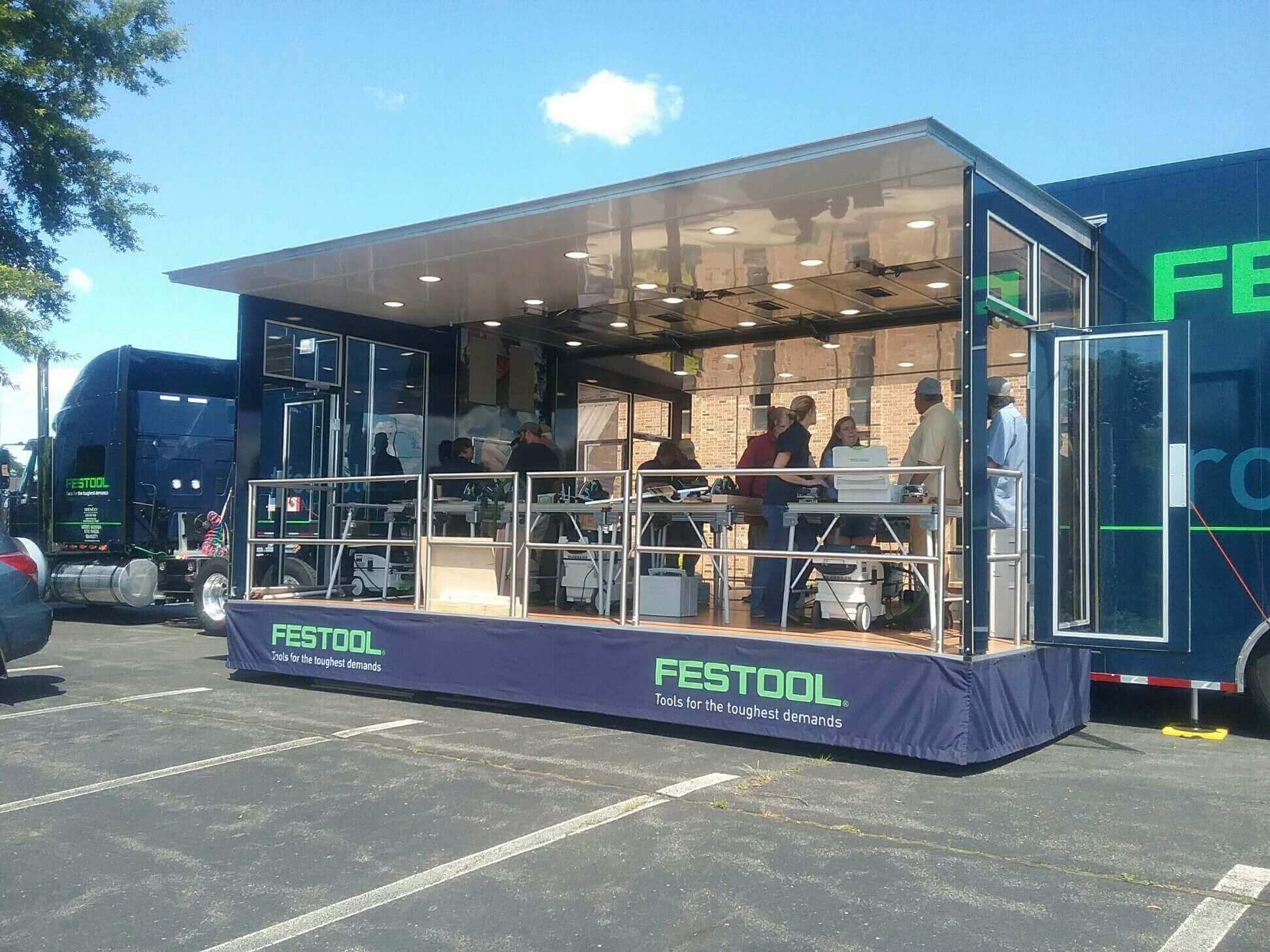We speak to VPs of Marketing & Sales every day who ask the same question: "What kind of data can we expect from a mobile marketing tour?" To solve this problem, you're going to need a data collection engine and a solid analytics strategy. These steps are a good place to start:
1. Define Success - What job is the Roadshow designed to do in your Sales & Marketing funnel? Is it designed to perform an early-funnel job (attracting attention, creating awareness), a mid-funnel job (building familiarity, creating conversations) or a late-funnel job (evaluating options, resolving concerns). More specifically, what metrics define that area of your funnel - impressions, leads captured, meetings scheduled, quotes offered, # of distributors trained, etc.
2. Begin with the end in mind - work backward from your goal to create a platform and experience that supports that goal. Don't let a multitude of stakeholders dilute your mission, or else it will be weak sauce.
Step to Take:
Gather the account and media teams that support this client around a whiteboard.
Get clarity on Goal 1 - This should be the entire focus; what single message you need a visitor to walk away believing about your brand, product or service. You can allow 1 or 2 secondary goals if there's a valid business case, but realize with everything you add off-goal, you're cannibalizing resources and attention from Goal 1.
Get clarity on a measurement strategy. Develop key performance indicators (what does valuable data look like for this client?)
Get clarity on a data strategy. Identify a system to capture each key data point and make a checklist for each system. Talk about hardware. Software? Intuitive use? User experience? Cost?
Get clarity on a reporting strategy. You need a single page, easily updated dashboard or scoreboard. You want to be able to tell within 5 seconds whether you're winning or losing on your most important goals. Mock-up how program goal elements are tracked and how stakeholders access that scoreboard.
Help the client connect their existing CRM system, the one used to support their media strategy. Don't have one? Get one. A list of industry contacts & prospects you can slice and dice into actionable lists is a business's biggest asset. Utilize Zapier or other apps to fix any disconnects between legacy systems.Launch your Program Improvement Engine. Be very clear with stakeholders that this is double-loop learning - you will Execute, Review, Modify and repeat. Execute, Review, Modify, repeat - that's how you leverage your investment over time to something exceptional.
Like most new programs, success starts with a change in thinking and a desire to bring value with systems. Without this desire and commitment, the program will end up an expense instead of an investment.
Click here for more info on how to leverage data and drive the right ROI from your next Roadshow or Mobile Marketing Tour.
For more information, email: info@spevco.com





